Eyewitness misidentifications pose a significant risk of wrongful convictions. Human memory is fallible. It is also susceptible to certain factors that can influence the accuracy of eyewitness identifications.
Various factors can contribute to errors in eyewitness testimony, resulting in wrongful convictions.
Causes of misidentifications
Cross-racial identifications are often less accurate than those involving people of the same race. This may be due to the limited exposure people may have to those of other races. The use of suggestive police procedures can also distort identifications. The passage of time between witnessing a crime and participating in identification procedures can also affect the accuracy of eyewitness accounts. So, too, can the presence of weapons, such as firearms.
Consequences of misidentifications
Wrongful incarcerations resulting from eyewitness misidentifications have serious consequences. Innocent people may endure years of imprisonment. They may also face the emotional, financial and social repercussions of having others believe they did something they did not. Moreover, the real perpetrators may remain free, posing ongoing threats to public safety.
Preventative measures
Efforts to address the issue of eyewitness misidentifications include implementing better practices in law enforcement procedures. Conducting more thorough investigations can also help. Educating law enforcement, legal professionals and the public about the limitations of eyewitness testimony may also help. The criminal justice system can reduce the risk of wrongful incarcerations by advocating for fair and unbiased identification processes.
Understanding the factors contributing to misidentifications is an important step toward creating a stronger criminal justice system. So, too, is implementing reforms to help prevent them from occurring.

